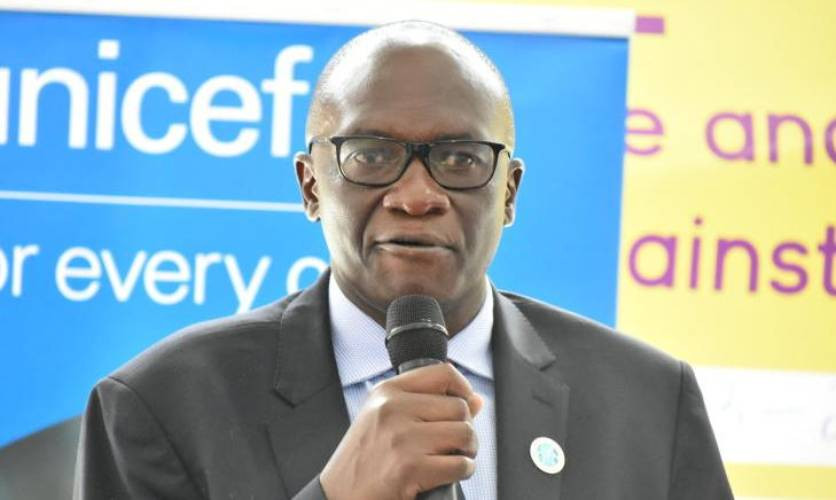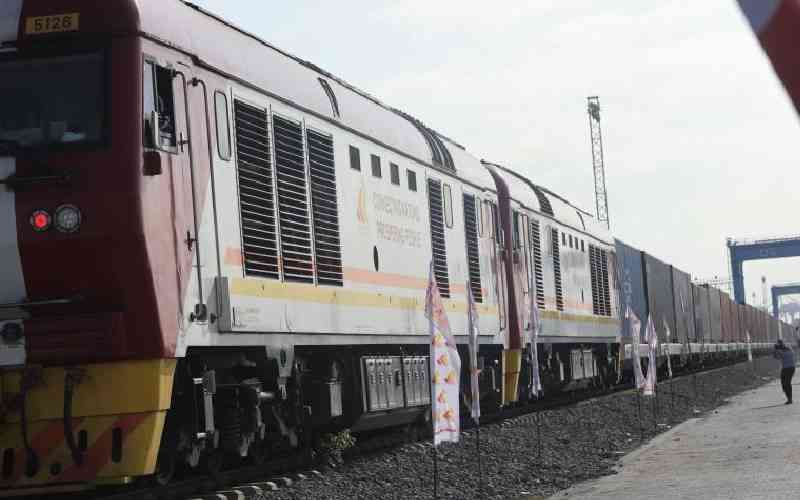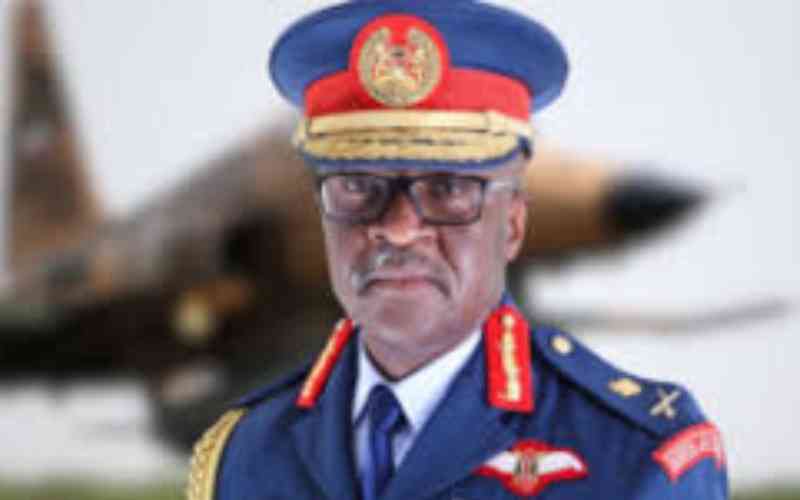Passenger services on the three-year-old Standard Gauge Railway (SGR), also known as Madaraka Express, resumed on Monday after a two-month suspension owing to the potentially deadly effects of the COVID-19 global pandemic. Like other crucial sectors, commercial transport by various means has lost billions of shillings as a result of containment measures by the Government aimed at avoiding a surge of infections due to crowding.
But the resumption of services comes with strict operation protocols given by both the ministries of Transport and Health, which includes observing high levels of hygiene, observance of social distancing and temperature checks before passengers are allowed to board the train.
The result is that the SGR will now operate at half its capacity as long as measures against the pandemic are in force. But the government and citizens alike agree that it is a price we all have to pay for survival.
But all was not lost during the partial lockdown, as the freight service was up and running. Data from SGR operator, Africa Star Railway Operation Company shows that between January 1 to July 10 this year, SGR had transported an estimated 207,000 20-foot equivalents units (TEUs). This includes 5,063 TEUs of dangerous goods, 5,052 TEUs of grain, and 90 TEUs of essential COVID-19 prevention materials such as alcohol, disinfectants and ethyl.
The 472-km SGR was officially launched by President Uhuru Kenyatta on May 31st, 2017 on the eve of Kenya’s independence, ushering a new era in Kenya’s economic development. Under the framework of the Belt and Road Initiative, the governments of China and Kenya, and more than 40,000 workers from both countries worked together to complete the project within two and half years, shortening the Nairobi-Mombasa trip from more than 10 hours to 5 hours.
While benefiting Kenya in the short to long term, the East African region is also benefiting economically from SGR. For instance, once complete, goods going to the EA hinterland countries of Uganda, Rwanda and Burundi will be cheaper due to decreased transport costs and faster arrival to their destinations.
It takes at least two days for trucks to reach Kampala from Mombasa, which could now take a day once the railway reaches Kisumu. It will also make EAC integration a reality with the easy movement of people within the region.
The building of the SGR has driven the Kenya's economic growth by 1.5 per cent and created 46,000 jobs for local residents during construction. Since it was launched, the Madaraka Express passenger volume has hit a couple of millions, and its freight trains have hauled thousands of TEUs, which has lowered down freight costs by 79 per cent and business costs by 40 per cent.
The launch of the Phase 2A Standard Gauge Railway (SGR) from Nairobi to Suswa on October 17 last year marked another phase in the vibrant China-Kenya partnership. After hard work and dedication, the 120 km stretch is finally good to go.
There is widespread consensus in the country that completion of the Nairobi to Suswa section of the SGR will continue in entrenching the overarching aims and objectives of the SGR, particularly in offering affordable and efficient transport, and opening up the under exploited Rift Valley domestic and international tourism circuit. In 2018, leading American broadcaster CNN ranked “taking the SGR train" as one of the best five things to do in Kenya.
The newly launched railway line extension is expected to satisfy the cultural, trading, and economic development needs of the East African community, that is, Kenya, Burundi, Rwanda, South Sudan, Tanzania and Uganda.
This includes realisation of the East African Masterplan in line with Kenya Vision 2030; decongestion of Mombasa Port and existing road infrastructure and; replacing the old railway technology and system, namely, the creaking meter gauge railway with low speeds, obsolete facilities, and low payload.
The line traverses five economically key counties of Nairobi, Kajiado, Kiambu, Nakuru, and Narok, with equally five stations strategically located along the route. The 7.147 km engineering marvel consists of three tunnels and 29 bridges.
Actually, the SGR has performed beyond the expectations of the feasibility report. The project has performed better than most railway projects of the same class in the world. Initially met with opposition by a section of politicians and civil society, now there is widespread support for the SGR across the social, political and economic spectrum, as the project’s benefits become self-evident.
According to the 2018-2019 financial year report, the Kenya Ports Authority recorded a Sh 15.4 billion (USD 148 million) profit after tax, the highest ever in what the financial statement attributed to high volumes of cargo as a result of efficiency at the port.
Stay informed. Subscribe to our newsletter
Teach a man to fish and you will help him for a lifetime. SGR has upheld this concept from the onset. The eventual goal of this project is to help Kenyans acquire the relevant management experience and technical skills so they can independently manage the service in the near future.
 The Standard Group Plc is a
multi-media organization with investments in media platforms spanning newspaper
print operations, television, radio broadcasting, digital and online services. The
Standard Group is recognized as a leading multi-media house in Kenya with a key
influence in matters of national and international interest.
The Standard Group Plc is a
multi-media organization with investments in media platforms spanning newspaper
print operations, television, radio broadcasting, digital and online services. The
Standard Group is recognized as a leading multi-media house in Kenya with a key
influence in matters of national and international interest.
 The Standard Group Plc is a
multi-media organization with investments in media platforms spanning newspaper
print operations, television, radio broadcasting, digital and online services. The
Standard Group is recognized as a leading multi-media house in Kenya with a key
influence in matters of national and international interest.
The Standard Group Plc is a
multi-media organization with investments in media platforms spanning newspaper
print operations, television, radio broadcasting, digital and online services. The
Standard Group is recognized as a leading multi-media house in Kenya with a key
influence in matters of national and international interest.









